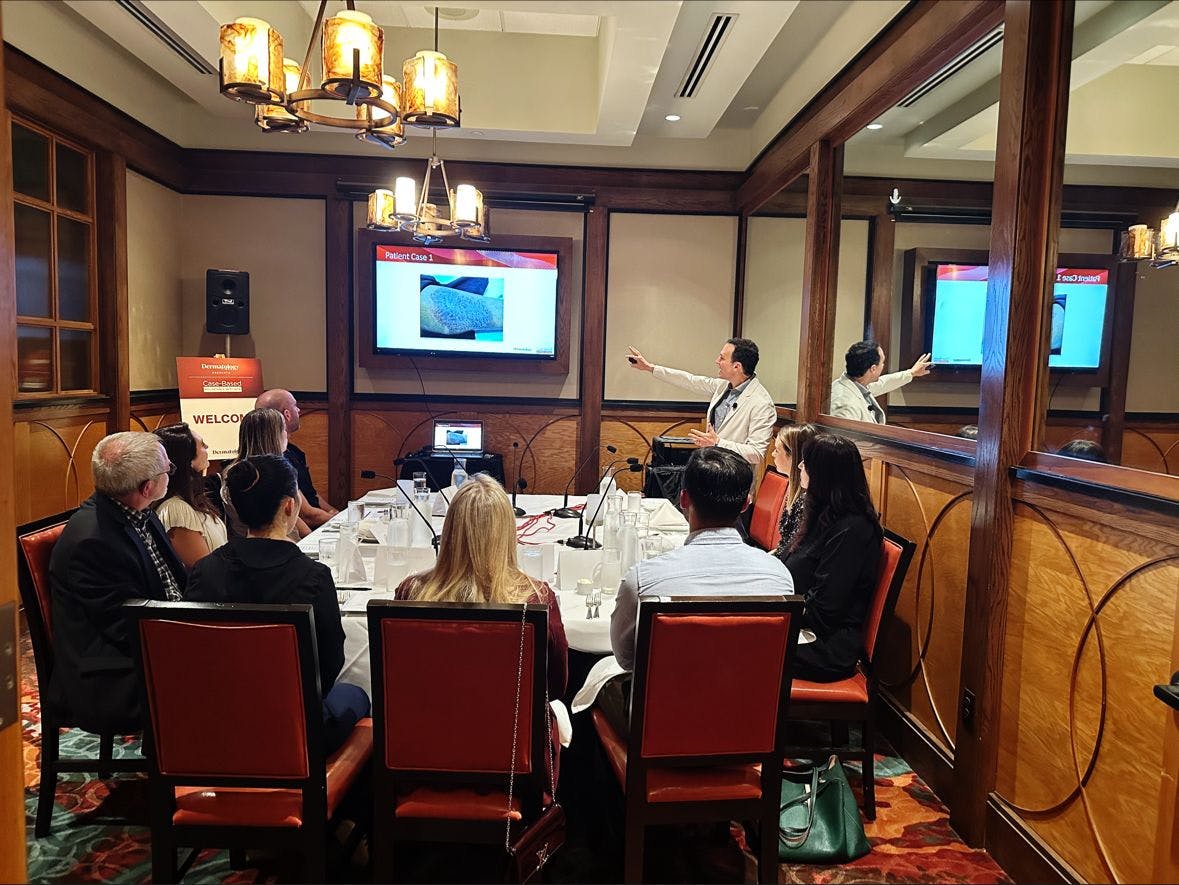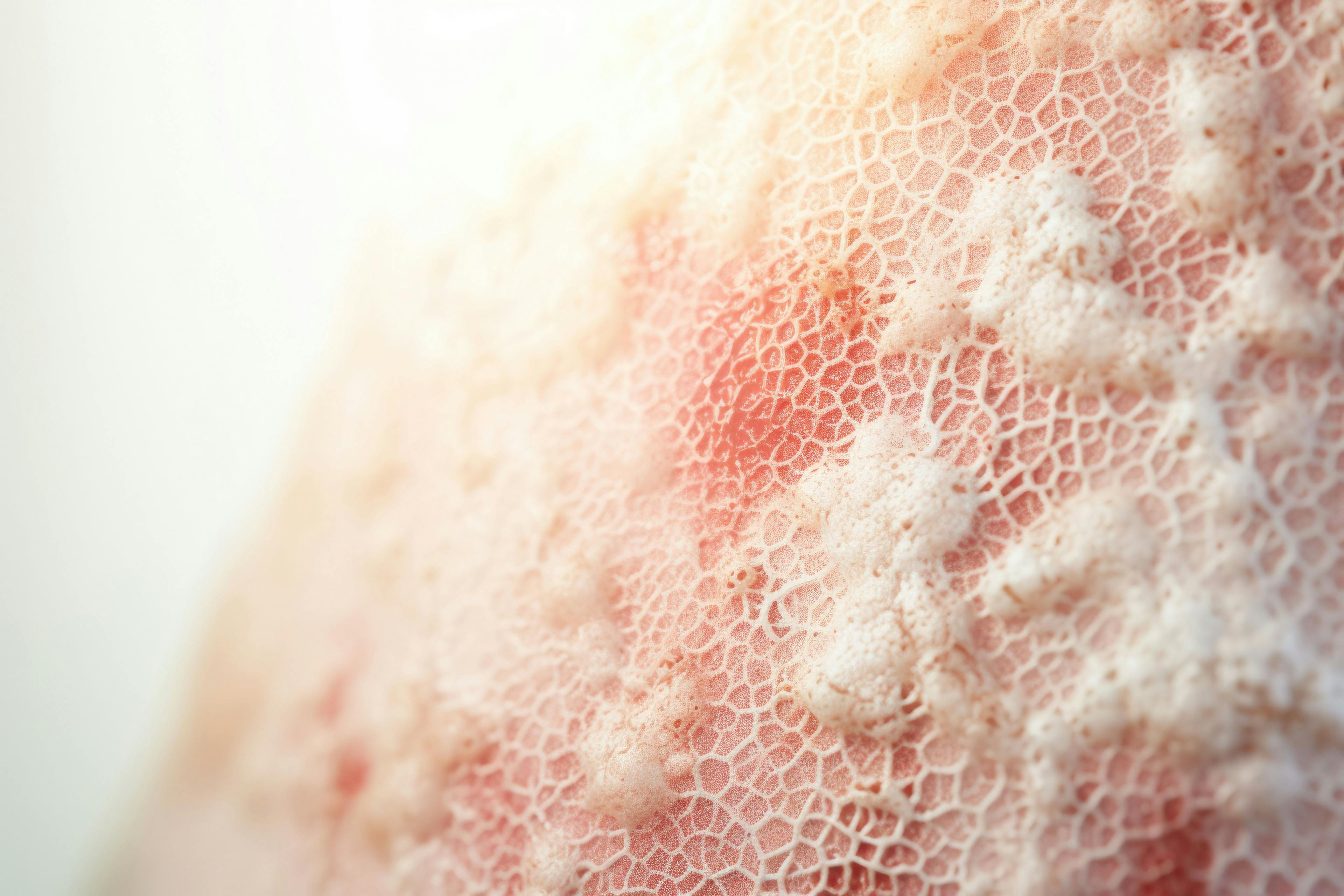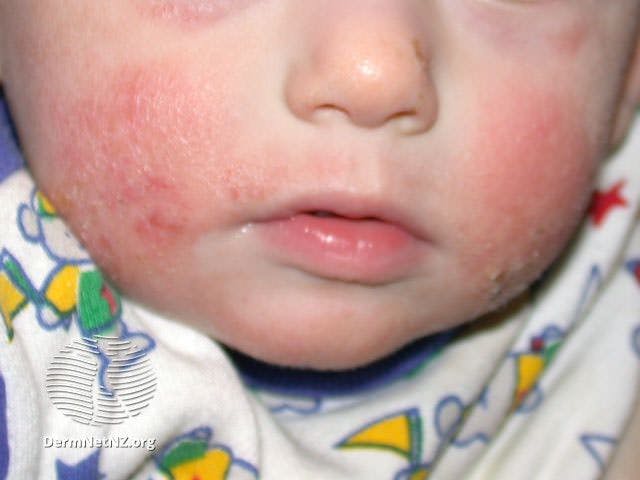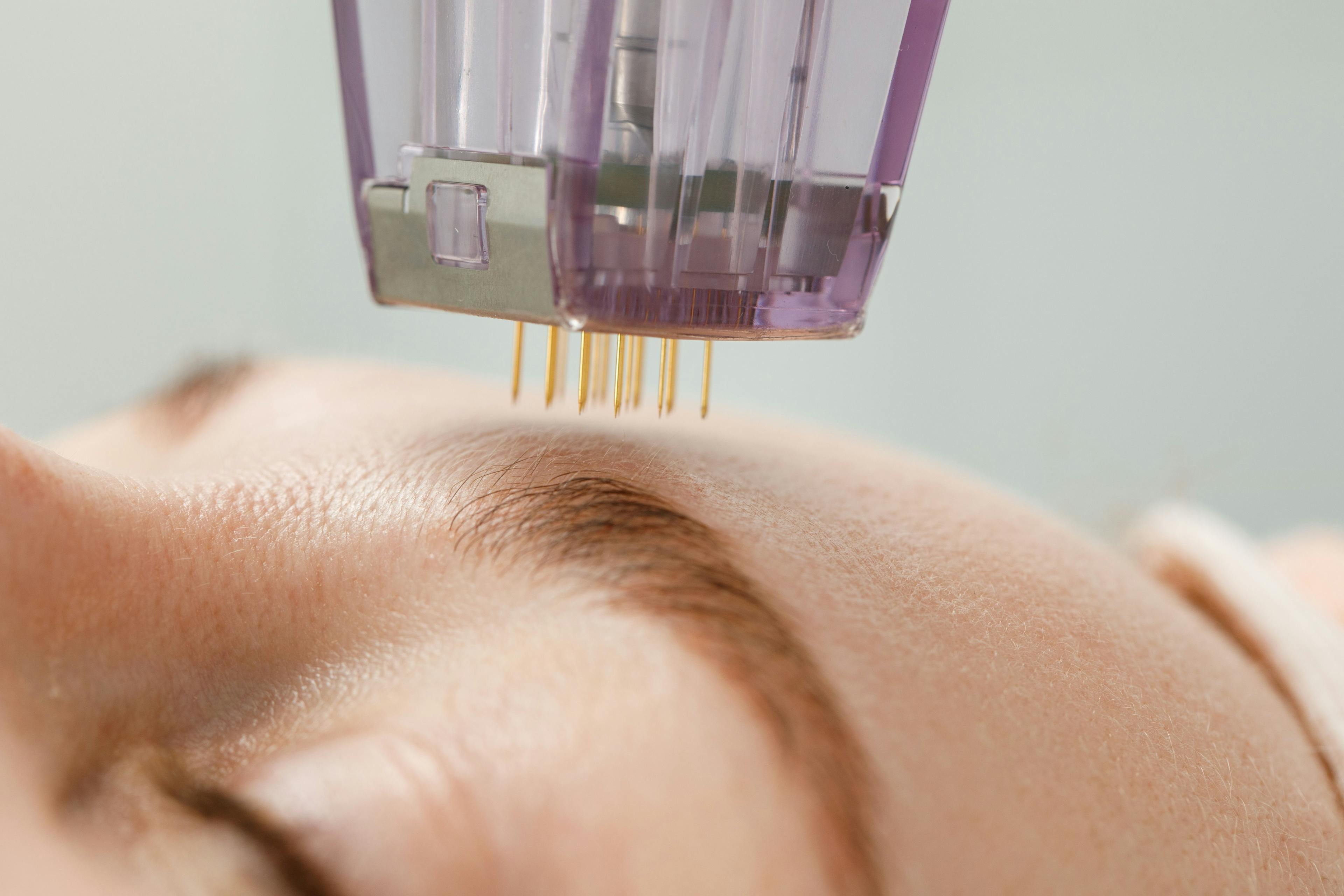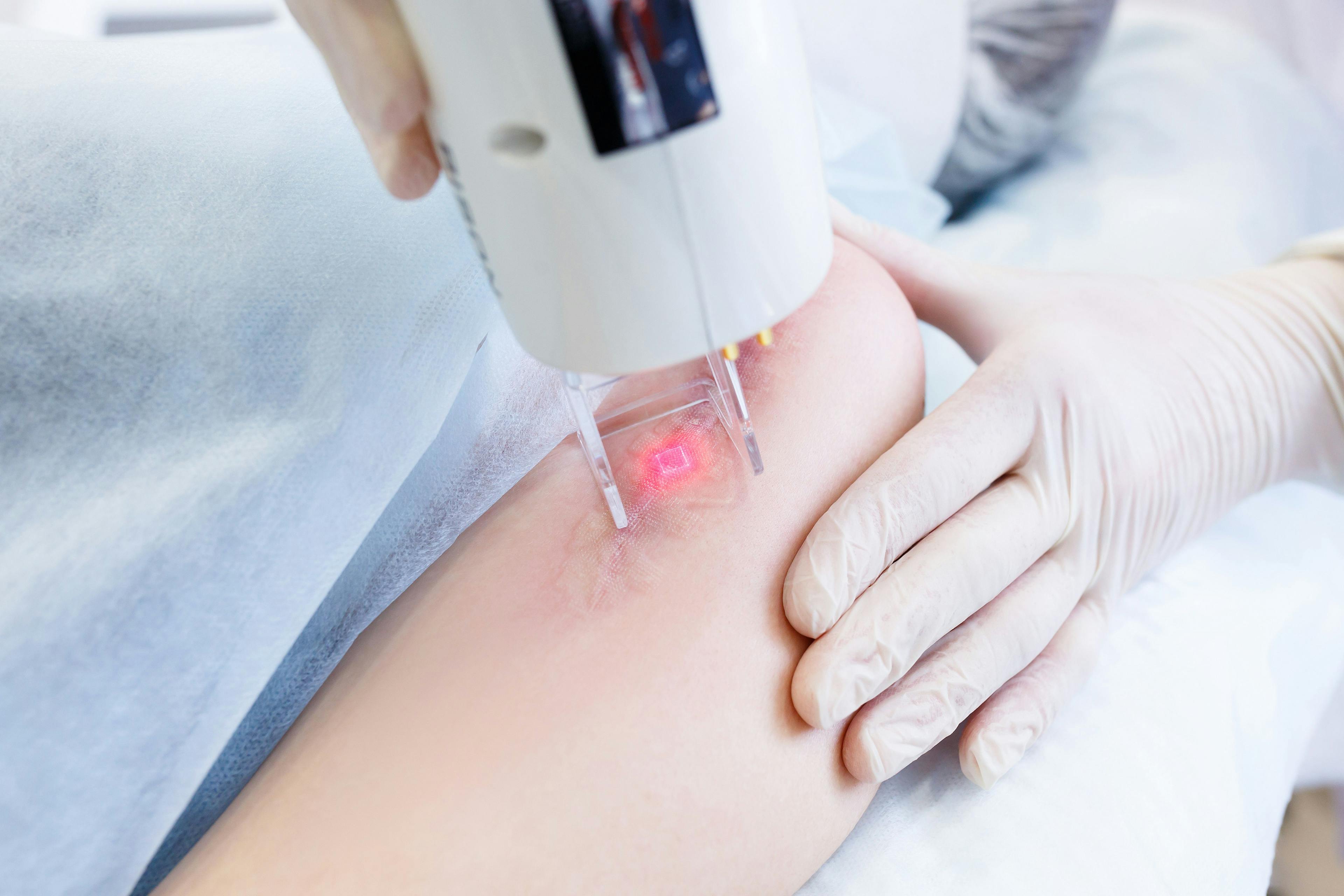- Acne
- Actinic Keratosis
- Aesthetics
- Alopecia
- Atopic Dermatitis
- Buy-and-Bill
- COVID-19
- Case-Based Roundtable
- Chronic Hand Eczema
- Chronic Spontaneous Urticaria
- Drug Watch
- Eczema
- General Dermatology
- Hidradenitis Suppurativa
- Melasma
- NP and PA
- Pediatric Dermatology
- Pigmentary Disorders
- Practice Management
- Precision Medicine and Biologics
- Prurigo Nodularis
- Psoriasis
- Psoriatic Arthritis
- Rare Disease
- Rosacea
- Skin Cancer
- Vitiligo
- Wound Care
News
Article
Dermatology Times
The Amazingly Wide, Ever-Expanding Reach of Dermatology
Author(s):
Dermatology encompasses cosmetics, unregulated products, OTC drugs, OTC devices, prescription devices, and prescription drugs, whether oral, injectable, or topical.
Andrey Popov/Adobe Stock
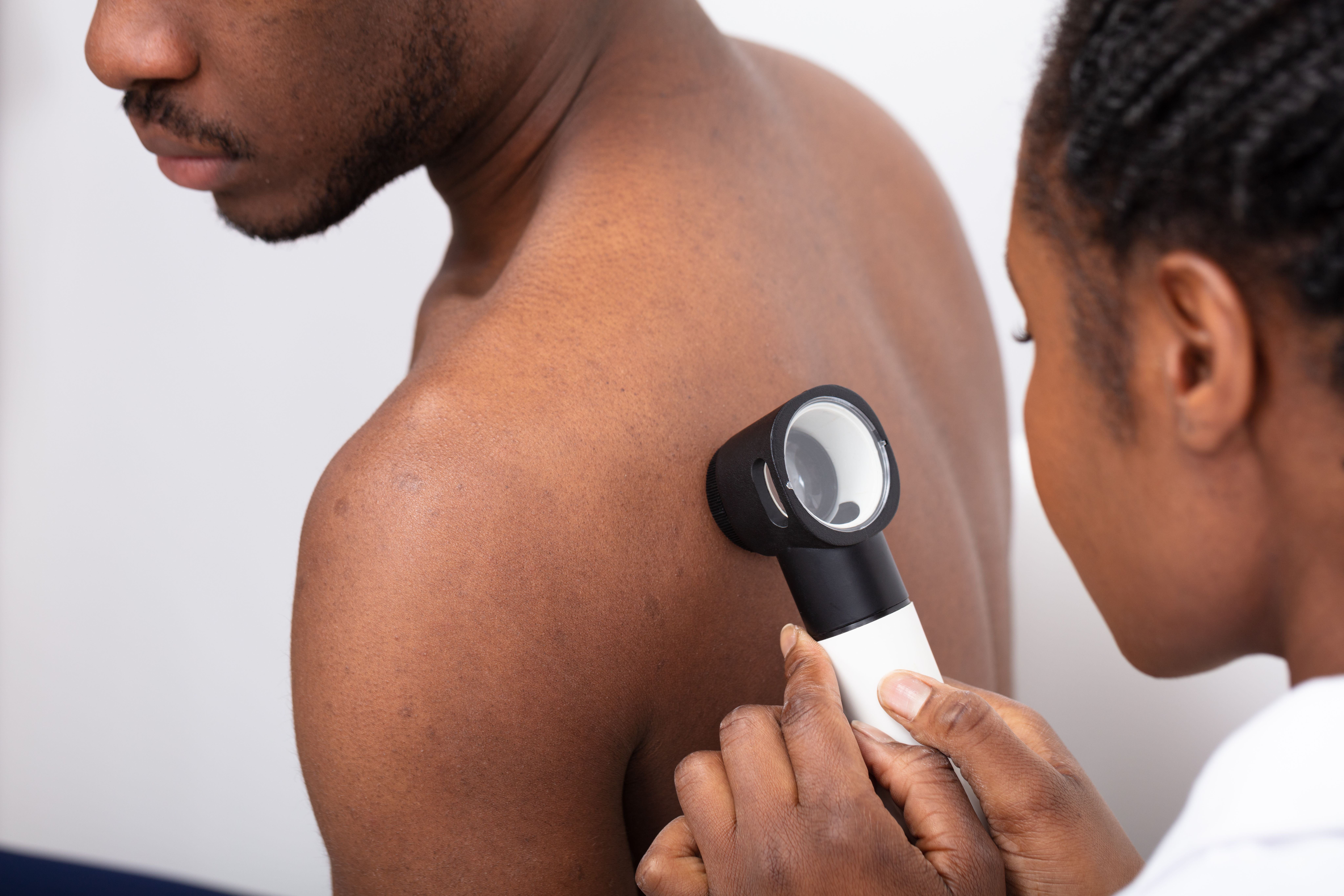
Being a dermatologist is continually fascinating because everywhere you look, dermatology abounds. Watch television and you see advertisements for antiaging creams. Search the Internet and you see advertisements for shampoos and conditioners for thinning hair. Read a magazine and you see articles about how to minimize undereye circles. Drive down the highway and you see an advertisement for body sculpting procedures. Go to the drug store and you see supplements for skin, hair, and nails. Shop at the grocery store and you see aisles full of lotions and creams. Dermatology-related information abounds in all forms of communication and many different venues.
No other medical field is so broad. Dermatology encompasses cosmetics, unregulated products, OTC drugs, OTC devices, prescription devices, and prescription drugs, whether oral, injectable, or topical. It is a broad field to master with many new products entering daily. Cosmetics previously were self-regulated by the industry, which worked successfully for many years. However, with new legislation, the cosmetic industry will be supervised by the FDA for misbranded products, ingredients that could be damaging to the body or the environment, and unsubstantiated claims.
It may surprise you that there is one commonly used dermatologic category of products that is not regulated: cleansers. This lack of regulation was intentionally determined by the US government when soap was introduced. There was concern that regulating soap might increase the cost of the product and reduce the ability of citizens to purchase soap, which would lead to a decrease in hygiene. It was recognized that soap was the most profound substance to impact the health of the population. Bar soap was one of the biggest imports to the US from Europe when the colonies were formed. This changed when Harvey Procter and James Gamble, who were previously candle makers, decided to make bar soap. One day they whipped the soap for too long before pouring it into forms, increasing the air content. This allowed the soap to float, which was a huge advantage: When people bathed in the river, they frequently lost their bar of soap to the river bottom. Cleansers are probably the most sophisticated physical and chemical skin interactions that occur on a daily basis. I would also argue that cleansers are the most important invention of mankind, improving human life and changing history through the control of disease.
The next broad category in dermatology is OTC drugs. The approval of these commonly used medications lowered the product development cost and consumer purchase price for everything from dandruff shampoos to sunscreens to psoriasis creams to acne products to medicated moisturizers. These were previously monographed products, but the monograph system has been discontinued by the FDA; however, no substitute has been introduced. These products contain active ingredients selected from a previously approved list and were demonstrated to be safe and effective. The acne monograph, for example, contains benzoyl peroxide and salicylic acid, the 2 most commonly used ingredients in OTC acne products. OTC drugs can be identified easily because they have an ingredient disclosure that lists both active and inactive ingredients, whereas cosmetics just have an ingredient disclosure list.
Devices are products that induce physical changes to the skin. As an engineer, I used to think of devices as something with an on/off switch, but this is not true. An example of a prescription device approved through the FDA’s 510K pathway is hyaluronic acid filler. However, hyaluronic acid is also the newest humectant, or water-attracting ingredient, in the cosmetic moisturizer armamentarium. Hyaluronic acid is natural to the skin as a glycosaminoglycan that holds water in the dermis to regulate the skin’s water balance. New moisturizer formulations are incorporating various molecular weight hyaluronic acid molecules to deliver differing skin benefits. Small molecular weight hyaluronic acid penetrates the skin between the corneocytes, possibly reaching the dermis and hydrating the skin at a dermal or deep epidermal level. Larger molecular weight hyaluronic acid penetrates the stratum corneum, providing more superficial hydration. Finally, larger molecular weight hyaluronic acid sits on the skin surface and is covered by an occlusive oily layer, such as petrolatum, lanolin, shea butter, mineral oil, vegetable oil, silicone oil, etc. This state-of-the-art moisturizing concept is rapidly changing the way moisturizers interact with the skin.
It is also true that many new mechanism-of-action drugs have been approved by the FDA for dermatologic indications. Nonselective and selective JAK inhibitors along with newer monoclonal antibodies and PDE-4 inhibitors are providing a wide noncorticosteriod armamentarium to address inflammatory dermatoses. One of my goals as editor in chief of Dermatology Times is to ensure these new dermatologic innovations in various regulatory spheres are presented in a quick, enjoyable read that provides immediately useful information for your practice that you can share with your patients. This will provide mastery in the amazingly wide, ever-expanding reach of dermatology.
Zoe Diana Draelos, MD, is a consulting professor of dermatology at Duke University School of Medicine in Durham, North Carolina, and editor in chief of Dermatology Times.
Congratulations to Zoe Diana Draelos, MD, from all of us at Dermatology Times and MJH Life Sciences! Draelos has been awarded the University of Arizona College of Engineering Alumna of the Year award and served as keynote speaker during homecoming festivities, where she talked about innovations combining medicine and engineering.

Newsletter
Like what you’re reading? Subscribe to Dermatology Times for weekly updates on therapies, innovations, and real-world practice tips.



